All requests are subject to allocation.
Invoicing will be upon confirmation.
Delivery 2nd half November 2023 or when the weather is wine kind.
Today’s Offer
2022 Gaja Rossj-Bass Chardonnay
2021 Gaja Gaia & Rey Chardonnay
2021 Gaja Sito Moresco ~ Nebbiolo, Barbera, Cabernet Sauvignon, Merlot
2019 Gaja Dagromis Barolo
2020 Gaja Barbaresco
The 2023 Release at Gaja
A mix of very strong vintages for each of the appellations. I’ve seen plenty of 2019, 2020 and 2021’s showing the high calibre of each of the vintages. As always it’s what’s in the glass that counts. Available reviews are included below.
This is a superb set of wines from the Gaja family. The 2021 whites are notable for their vibrancy. Moving further into the tasting, the 2020 Barbarescos are gorgeous, vibrant wines that impress with their delineation. The 2020s need time in the glass to emerge, but the signatures of each wine are very much present. The same is true for the 2019 Barolos. These days, the Gaja wines are defined by greater energy than in the past, but they remain quintessentially Gaia in breeding.
Antonio Galloni, Vinous
2021 in Piedmont
Early signs from early release reds and whites have 2021 shaping up to be a very special & complete vintage in Piedmont.
2020 in Barbaresco
Galloni’s thoughts on the 2020 Barbaresco’s mirror mine. I’d say there can be a little more oppulence than 2019.
In tasting, the 2020s are beautifully balanced. The wines show mid-weight structure and a fine sense of harmony. Although 2020 was warm throughout most of the year, there were no periods of excessive or prolonged heat, which likely explains why the wines are so harmonious, even in the early going. Overall, the 2020s come across as having less structure than the 2021s. It is a vintage of extreme pleasure without excess or opulence.
Antonio Galloni, Vinous
2019 in Barolo
Having tasted dozens of 2019 Barolos it’s clear that it’s an excellent vintage. The best growers and makers shine with additional layers of fruit and sophisticated tannin handling making stunning wines.

About Gaja
*The following is an extract of an article published in the Wine Bites Mag “An Afternoon with Gaia Gaja” which included much more on Gaja than on this page.
Gaja is at once both one of the world’s wine icons and a controversial winery bucking “traditional wisdom” often being the trend setter rather than the follower. For me, it’s a sign that the Gaja’s have passion, focus, and, that they are pushing the boundaries.

I’ve been fortunate to devour Gaja’s wines from over 5 decades of production. One thing has been clear, they are evolving and pushing to make the best wines they can. This evolution has not been insulated from changes in the wine world. Historically, across the world’s greatest wine regions, think Barolo, Barbaresco, Burgundy, Tuscany, traditional winemaking has been interrupted by curiosity with the potential of new world winemaking techniques. Gaja has not been immune from this trend, use of high levels of new oak has being the most obvious example. Something I’m glad to say has been tempered in recent times.
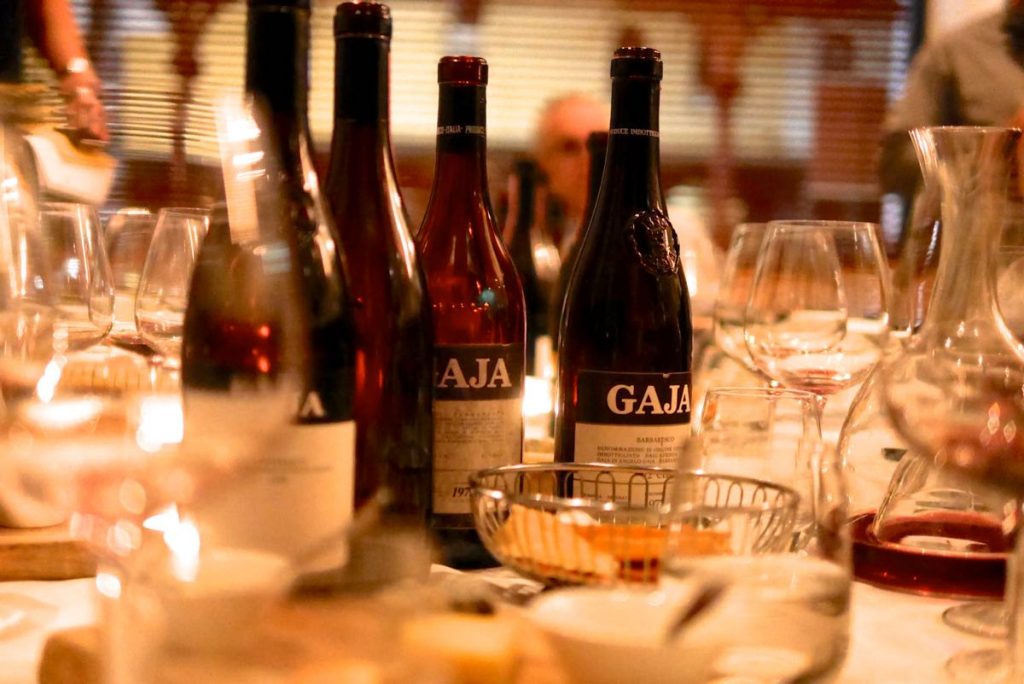
The film & podcasts with Gaia and Angelo below provide exception insight into the past, present and future of Gaja.
History
Gaja has a long history stretching back to it’s very beginnings in 1859. The transformation from a largely unknown winery in a region, not valued by consumers to one of the world’s most famous wineries in a very special region certainly didn’t happen overnight.
Gaia Gaja shared with us the history of Barbaresco, the Gaja winery, the challenge of establishing recognition for the region and what the future holds. One thing is certain, the Gaja’s aren’t afraid of pushing against the rules, some rules are meant to be broken. They have had to declassify their Barbaresco from DOCG status simply because the rules don’t fit what they believe is the best way to make their wine. With a nifty slight of tongue, Gaia, refers to this as a reclassification. A simple example being that they tend to pick early before the permitted time for a DOCG to pick. Why because higher vine density, lower yield per vine, flavour ripeness earlier, better natural acid etc. If they waited they could have DOCG, but, they would not be giving their fruit the best opportunity to shine.
What Separates Exceptional Wineries?
When you look at the great wine producers of the world they often have many things in common. Two of those being passion and continuity.
Passion just makes sense. Continuity well that’s a challenge. Good vignerons are always looking at their wines and vineyards, trying to make them yummier, healthier, more balanced, often by doing less, but, doing it better. Having the knowledge of the past, interrogating trends to find often simple ways to improve is critical. Seeing a vineyard in cool years, hot years, observing the little patch of vineyard that is not performing and nurturing it. Some wineries employ precision agriculture with high-tech imaging of vineyards, others, the eyes of trusted colleagues who have worked with them for decades. These eyes come to know each site, each vine and tend to them like they would a child. This philosophy has given them an intimate understanding of their terroir.
This is precisely the reason Gaja only employ permanent staff. Like many of the world’s great estates Gaja shifted from buying fruit to supplement production to buying and controlling great sites. In the early years as the Gaja Estate expanded, they were forced to purchase old run down houses with vineyards. Over time these have been restored and are now offered rent free to their staff.

The Challenges for the Future
There’s one trend that everyone in the wine world has had to address recently. Every time I catch up with a grape grower or winemaker I always ask what are you working on. Increasingly the response is “Managing climate change”.
Gaia explains the impact of climate change as helping them achieve greater consistency from year to year. The challenge being resultant higher alcohol and pH, with lower acids, fuller riper wines. Now instead of worrying about getting fruit ripe, they worry about sugar accumulation racing ahead of flavour and tannin development producing out of balance wine. On the upside it has opened up opportunities, the grape bunch stalks are now ripening allowing their incorporation into wine, adding tannin, spice and perfume.
The focus has been on rebalancing in the vineyard to meet this challenge. They’ve put money behind their beliefs and are adapting to change by experimenting. They’ve hired half a entomologists (insect gurus) & horticulturist (plant gurus and more) seeking to disrupt their thinking. Not necessarily taking direction from them, but, pushing themselves to use this knowledge combined with their wisdom, gleaned from over 150 years of tending the land to develop their own approach.
Biodiversity – Flowers, Bees, Trees
Looking after soil health, moisture levels and temperature
They have replaced direct fertilising using manures, with composting. Composting stalks, vine cuttings, used grape skins and manures allows the worms they’ve imported from America to further process organic waste and add nutrients through their microflora. An approach that has been used world wide with success. Just like your very own garden they’re mulching to cover crops to insulate the soil from the heat of the sun and retain moisture.
They’re looking to take a natural, yet, pragmatic. Considering technology, balanced with minimal intervention. Perhaps one of the most radical changes at least in terms of effort has been changing the row orientation at some sites in order to reduce direct impact of sun on the vines.
My lasting thought was that it takes time for a vigneron to understand their sites. Sometimes it takes just as long to convince the consumer of what the vigneron is trying to achieve.
In the Winery
Gaja is not a winery to stand still. Although we don’t have details of all of the winemaking, experience tasting 5 decades of Barbaresco in 1 sitting showed just how much has changed. Between the 1967 and 2011 vintage there were 4 clear phases.
The 1st Evolution … Old School 1960’s & 1970’s. These were the rustic wines, wines that were often driven by searing acidity and refined natural grape tannin. They were some of the best wines of the night.
The 2nd Evolution … Chewing on Trees! The oaky ones! A regression for me, included the 1987, 1994, 1996, 1998 and 1999.
The 3rd Evolution … Going OTT! 2004 & 2006. 2004 saw a shift to more restrained coffee / mocha oak. 2006 was an outlier, an overblown, OTT, oaf, clumsy, high alcohol wine.
The 4th Evolution … Balance & Restraint! The lastest evolution, the 2011 finally saw the balance I was looking for! The hallmark searing acidity, backed by a core of fresh fruit and balance oak & grape tannin. This has been the direction the Barbaresco has been maintaining.
In short you can be certain Gaja will always be looking to evolve and improve. Judge them in the best way, through the contents of a glass over the technical details.
When the wines are on song they are something special. I have a 1974 Barbaresco waiting to be devoured!
Where in the World is Gaja?
Gaja has holdings in Barbaresco with Cantina Gaja, Barolo, Brunello di Montalcino with Cantina Pieve S. Restituta, in Bolgheri with Cantina Ca’Marcanda, and, now on the slopes of Mount Etna in a JV with Graci. Their home will always be Barbaresco.
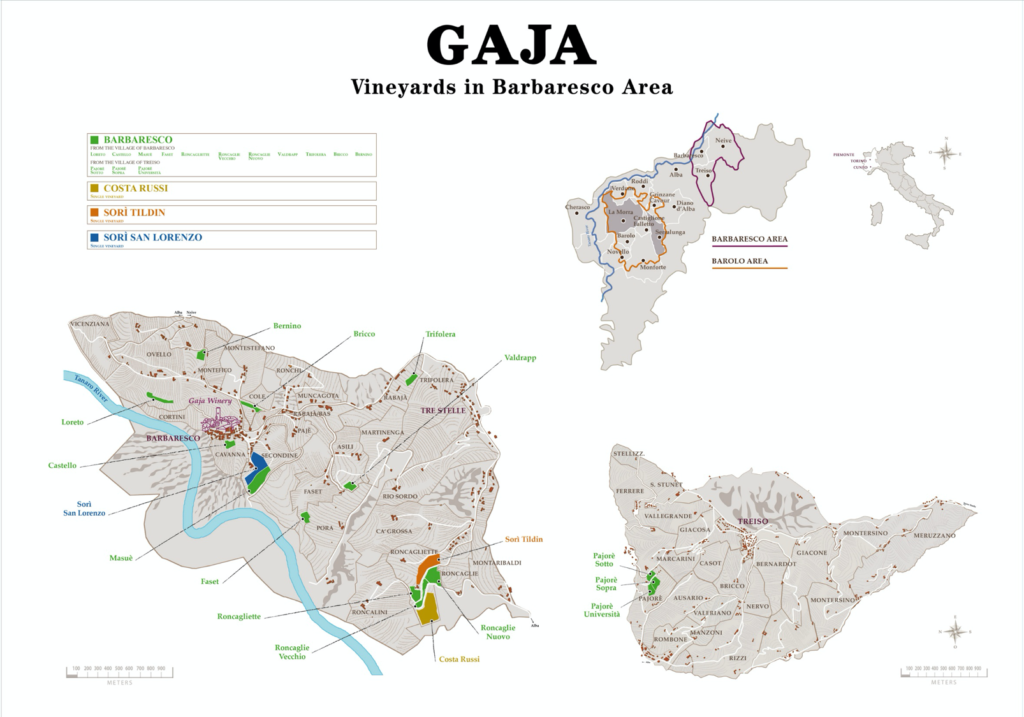

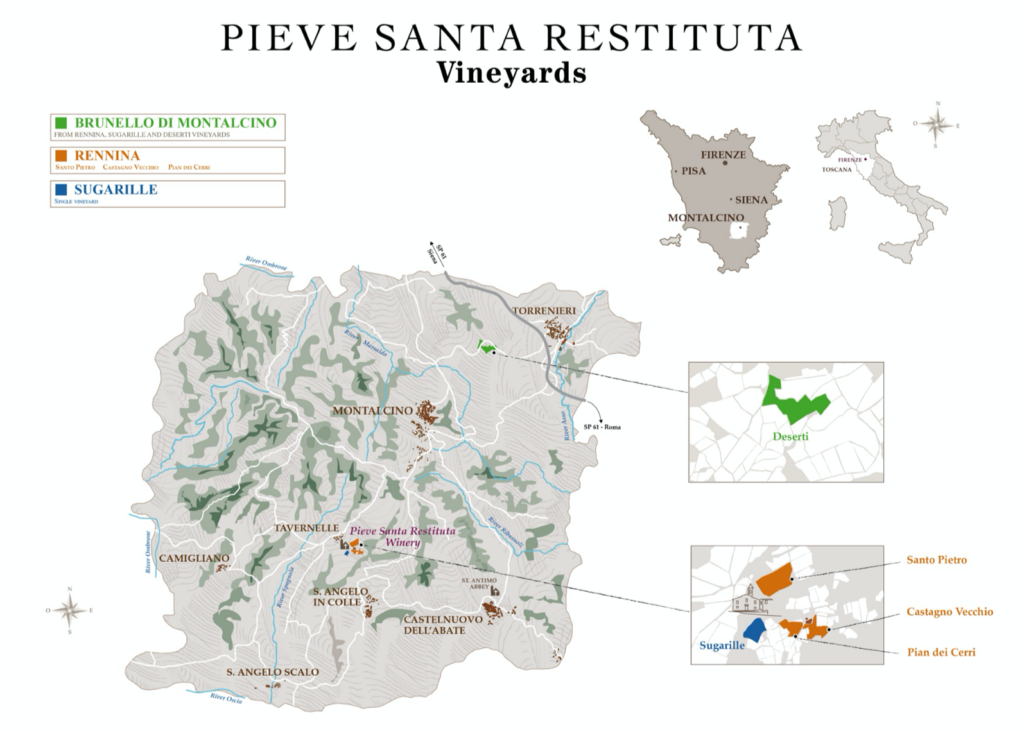
About the Wines
Whites
2022 Gaja Rossj-Bass Chardonnay
2021 Gaja Gaia & Rey Chardonnay
Legendary long lived Chardonnay named for Gaia Gaja and her grandmother, Clothilde Rey.
Grapes: 100% Chardonnay
The 2021 Gaia & Rey (Chardonnay) is bright and beautifully textured. Lemon confit, marzipan, spice and a kick of French oak all meld together effortlessly. The 2021 needs time in bottle to fully open, but it is quite attractive. Vineyard sources remain sites in Treiso and Serralunga.
Always a fantastic chardonnay with apple pie, nougat, vanilla, and flint aromas and flavors. Hints of salted caramel. Medium to full body with racy acidity and bright fruit. Complex and lively. Tight and reserved at the end. Needs time to open. Try after 2024.
Reds
2021 Gaja Sito Moresco
2019 Gaja Dagromis Barolo
Taking its name from the Gromis family, an expression of two great terroirs of Barolo.
Grapes: 100% Nebbiolo
Region/Appellation: Serralunga & La Morra
Winemaking: The grapes from each single vineyard are fermented, macerated and aged for 12 months completely separately. They are then blended and further aged in oak for another 18 months.
2020 Gaja Barbaresco
The flagship wine of the Gaja family. Benchmark Nebbiolo blended from 14 vineyards.
Grapes: 100% Nebbiolo
Region/Appellation: 14 vineyards situated in the municipality of Barbaresco. The land, at a height between 250 and 330m above the sea level, covers a surface of 21.4 hectares. The plants are 40 years old on average.
Winemaking: The grapes, coming from each single vineyard, separately undergo fermentation, maceration and ageing in oak for 12 months. Then they are blended and further aged in oak for another 12 months.
The 2020 Barbaresco is a very young wine. In most years, the Gaja Barbaresco is quite showy, but the 2020 clearly needs time. There's terrific fruit intensity, but the aromatics aren't quite expressive. These days the Gaja wines have less oak imprint, which pushes the fruit forward, but also yields a wine that is a bit more austere in the early going. Drink 2025 - 2045
A pale ruby, and blended from 14 vineyard sites, the 2020 Barbaresco was tasted as a barrel sample. Spicy and pure, it is full of red berries with Asian spice and white pepper. On the palate, it is medium-bodied, with elegance and refinement throughout, approachable and fine tannins, no harsh edges, and a long-lasting floral finish. This seem to be a vintage that will drink well early but have plenty of longevity as well.
This round red is woven with cherry, raspberry, mineral, eucalyptus and hay flavors. Balanced, with a good dose of well-integrated tannins that lend support on the lively finish.
“Aromatics of spiced orange peel, an assertive bouquet of dried purple florals and a touch of dried mint. The palate balances the savoury character of baking chocolate and fennel seed with an abundance of ripe red berry fruits—notes of strawberry and balsamic, raspberries and
fresh mint and dried tobacco. There is ample structure, but a stylistic transition in more recent vintages of Barbaresco makes this wine immediately drinkable.”
Place Your Order
Expression of Interest Offer
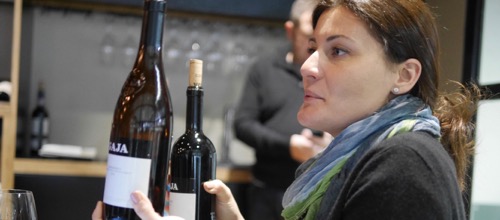








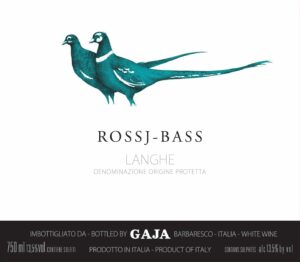
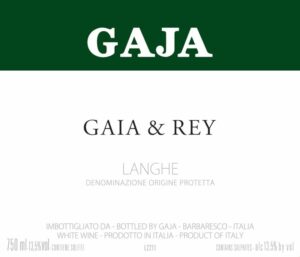
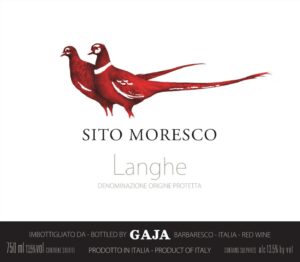

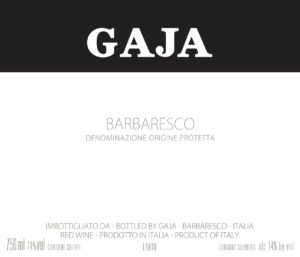
You must be logged in to post a comment.